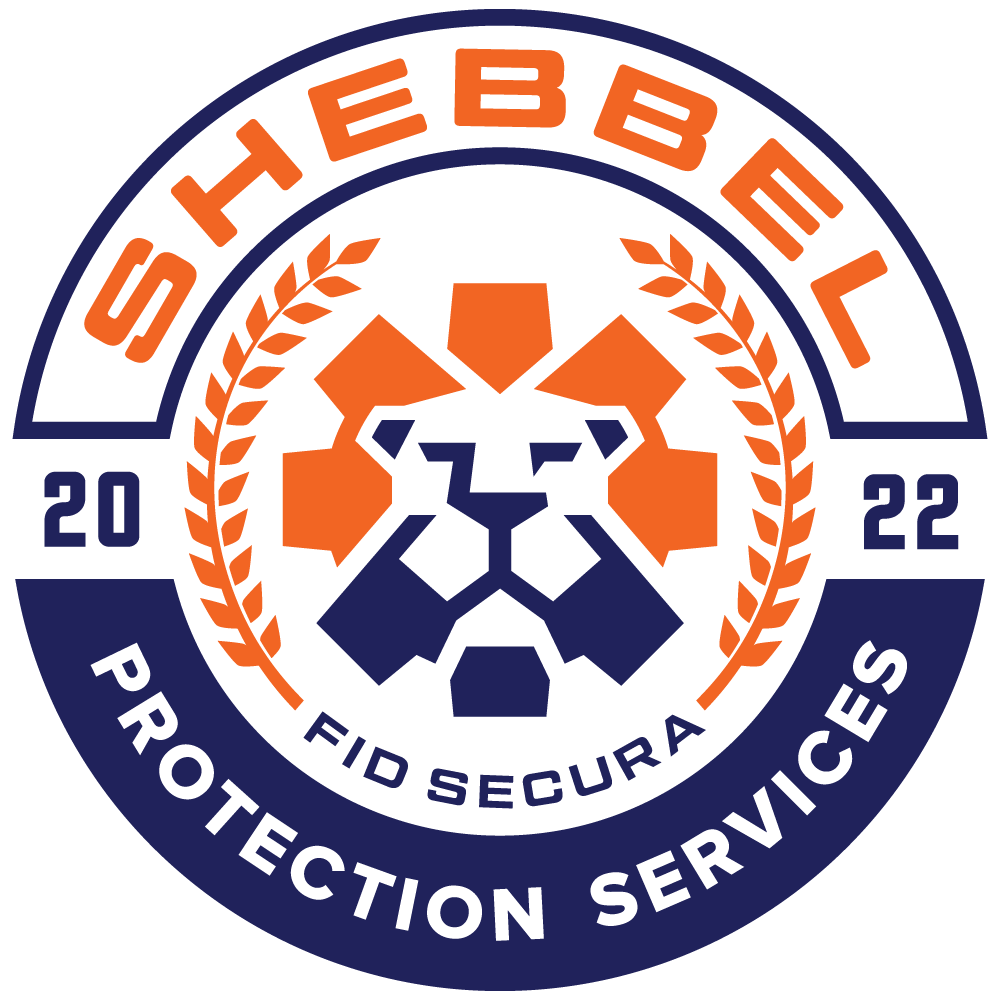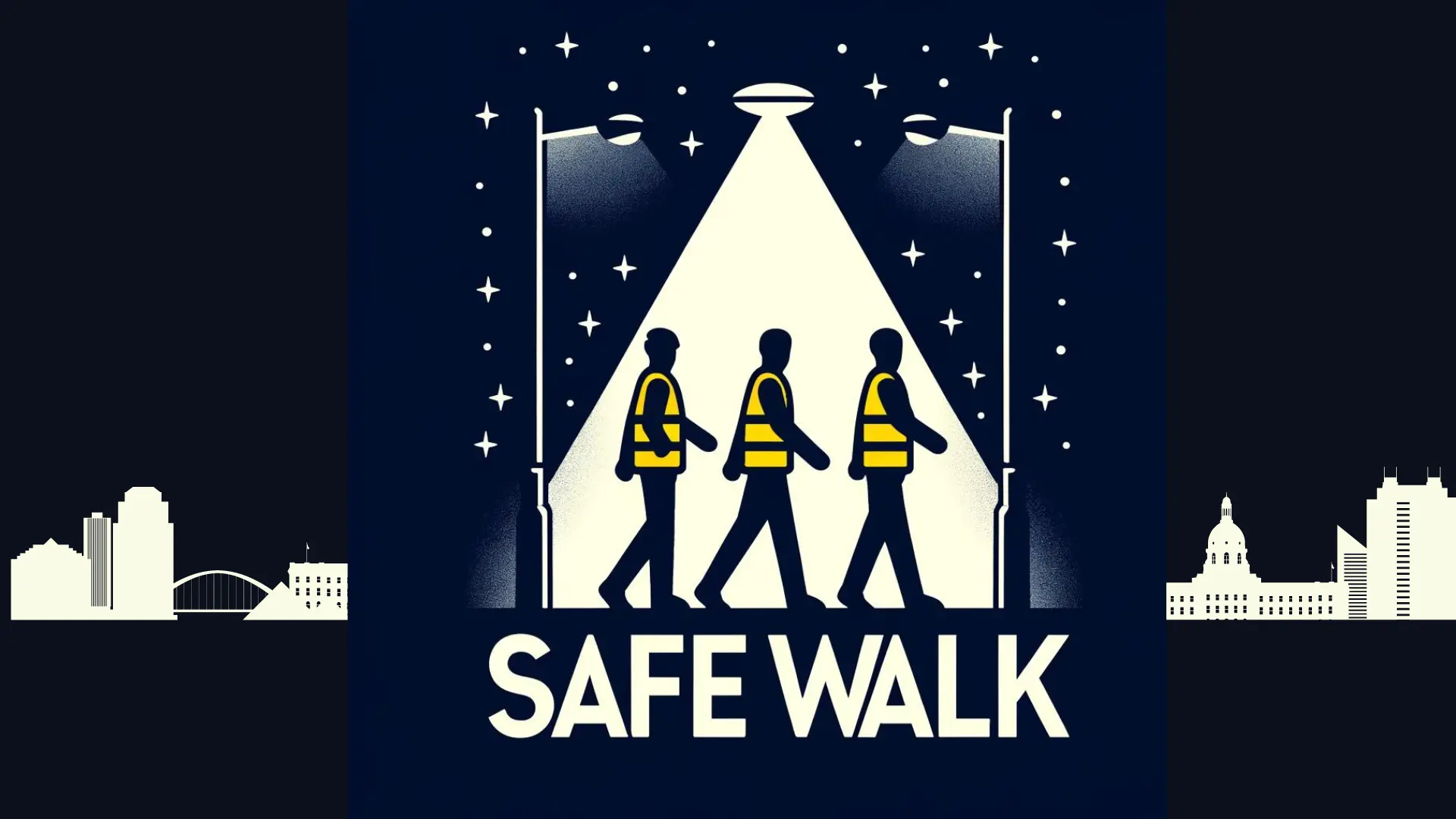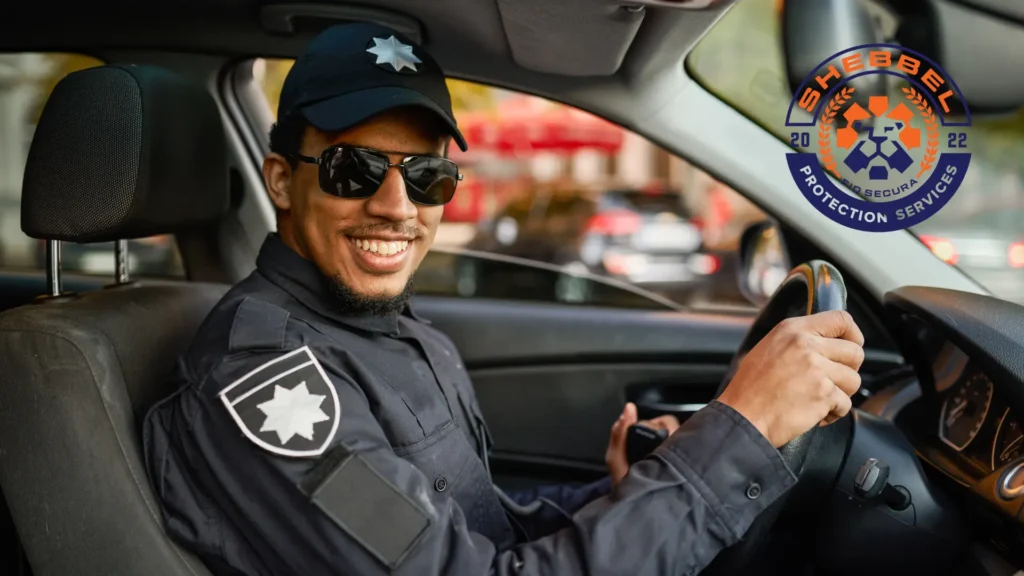Just like having a trusty companion by your side, SafeWalk can be your virtual safety partner on campus, ensuring you feel secure and protected at all times. In this top 10 listicle, we’ll walk you through the necessary steps to stay safe with the assistance of SafeWalk. From utilizing the app’s features to staying alert and vigilant, these tips will empower you to navigate your campus environment with confidence and peace of mind.
SafeWalk U of A
Safewalk is a free service provided by the University of Alberta Students’ Union that offers accompaniment for individuals travelling on or around campus at night. The service is available Monday to Friday from 7 PM to 12 AM and is currently closed until September 2024.
To request a walk, call 780-4-WALKME (780-492-5563) or use the one-time walk form if the phone is unattended.
Volunteering: Safewalk is supported by dedicated volunteers. Volunteering offers an opportunity to contribute to campus safety and gain valuable experience.
How It Works:
- Request a Walk: Call the Safewalk number or use the online form.
- Meet the Team: A team of two volunteers will meet you at your location.
- Accompaniment: The team will walk with you to your destination.
Benefits:
- Safety: Provides a safe way to navigate campus during nighttime.
- Community: Strengthens the sense of community and security on campus.
- Convenience: Easily accessible through phone or direct approach on campus.
Contact Information: For more details and to stay updated on service status, visit the Safewalk website.
Plan Your Route
Before leaving your residence or a campus building, take the time to plan your route to your destination. Familiarize yourself with the safest and well-lit paths available on campus. Avoid shortcuts through dimly lit areas, alleys, or secluded spots, especially at night.
Consider using the SafeWalk service provided by your campus security. SafeWalk programs typically offer a walking escort to accompany you to your destination, ensuring you reach your location safely and securely. This can provide an additional sense of security, especially when walking alone at night.
When planning your route, take into consideration any potential hazards such as construction sites, broken streetlights, or areas that are known for criminal activity. Stay informed about any recent security alerts issued by your campus security department and plan alternate routes if necessary.
By carefully planning your route and utilizing resources like SafeWalk, you can enhance your safety and peace of mind while moving around campus. Do not forget, it’s always better to be proactive and prepared when it comes to your personal safety.
Share Travel Plans
Your safety on campus is our top priority, and one way to ensure you stay safe is by sharing your travel plans with someone you trust. Whether you are walking back to your dorm late at night or heading to a study session across campus, letting a friend or family member know where you are going and when you expect to arrive can make all the difference in an emergency.
By sharing your travel plans, you not only have someone looking out for you but also someone who can raise the alarm if you don’t arrive at your destination on time. This simple step can provide peace of mind for both you and your loved ones, knowing that there is a safety net in place in case anything goes wrong.
It’s important to be specific when sharing your travel plans. Include details such as your route, mode of transportation, and estimated time of arrival. This information can help responders locate you quickly in case of an emergency and ensure that you receive the help you need in a timely manner.
Utilize Group Walks
The safety of numbers cannot be overstated when it comes to walking, especially at night. One of the best ways to ensure your safety is by joining group walks through services like Meetup.com. Be sure to first meet members in a public place or setting and join groups that look active with a lot of members.
Walking in a group not only deters potential threats but also provides a sense of security and solidarity among the members. By joining or organizing a group walk, you can significantly reduce the risk of being targeted by criminals.
When planning a group walk, make sure to choose a well-lit route that is frequented by others. Avoid isolated areas and stay alert to your surroundings at all times. By sticking together and looking out for each other, you can enhance the safety of everyone in the group.
Here are a few notable ones:
- Wild Rose Ramblers – This group organizes walks exploring Edmonton and its surrounding areas every Tuesday morning. These walks are supported by the Edmonton Nature Centres Foundation (ENCF) (ENCF).
- Edmonton Nature Club – This club offers various nature walks and field trips, encouraging members and the public to explore and enjoy the natural world (Edmonton Nature Club).
- Volkssport Association of Alberta – They organize regular walks throughout Alberta, including Edmonton. These walks happen several times a week, especially during the summer (Volkssport Association of Alberta).
Stay in Well-Lit Areas
One of the most crucial steps to staying safe on campus is to always stay in well-lit areas, especially when walking alone at night. Brightly lit areas provide better visibility and minimize hiding spots for potential perpetrators. By sticking to well-lit paths, you can easily spot any potential dangers and have a clearer view of your surroundings.
Whether you’re walking back to your dorm after a late study session or heading to your car after a night class, make sure to choose the most well-lit route possible. Avoid shortcuts through dark alleys or poorly lit areas, even if they may seem like a quicker route. Your safety should always come first, so opt for well-traveled paths with proper lighting.
If you ever find yourself in a poorly lit area and feel uncomfortable, don’t hesitate to call your campus SafeWalk service for assistance. They can accompany you to your destination, ensuring you have a safe journey. Be mindful of, it’s always better to be proactive about your safety than to take unnecessary risks.
Maintain Constant Communication
Some of the most important aspects of staying safe on campus involve maintaining constant communication with others. Whether you’re heading to a late-night study session or walking back to your dorm after a night out, having someone know your whereabouts is crucial for your safety.
Make it a habit to keep your friends or family members informed about your plans. Share your schedule, where you are going, and when you expect to return. Establish a buddy system with your peers so you can keep tabs on each other’s whereabouts.
Utilize technology to your advantage by using safety apps like SafeWalk. This app allows you to share your location in real time with a designated contact, who can track your movements and ensure you arrive safely at your destination.
In case of an emergency, always have your phone readily available and charged. Program emergency contacts on speed dial and familiarize yourself with the campus security’s contact information. Stay connected with others via phone calls, texts, or video calls, especially when travelling alone at night.
Report Suspicious Activity
Little things can sometimes make a big difference when it comes to campus safety. If you notice something out of the ordinary or feel uneasy about a situation, it is important to report the suspicious activity promptly. Your vigilance could prevent a potential crime or dangerous situation from occurring.
When reporting suspicious activity, be sure to provide as much detail as possible. This includes the location, time, and a description of the individuals involved. If there are any specific behaviors that caught your attention, make sure to mention those as well. The more information you can provide, the better-equipped authorities will be to investigate and handle the situation.
Recall, it is always better to be safe than sorry. Trust your instincts and don’t hesitate to reach out for help if you have concerns about your safety or the safety of others on campus. Reporting suspicious activity promptly can help create a safer environment for everyone in the campus community.
Familiarize Yourself with Emergency Stations
One crucial step to staying safe on campus is to familiarize yourself with the location of emergency stations around campus. These stations are equipped with emergency buttons that can be pressed in case of an urgent situation, such as feeling threatened or in danger.
On Campus Security
The University of Alberta (U of A) offers comprehensive campus security services to ensure the safety of students, staff, and visitors. The U of A Protective Services (UAPS) team is responsible for general patrol, incident response, complaint investigation, and more. They work closely with community partners to address safety concerns and provide a secure environment.
For non-emergency safety and security concerns, you can contact UAPS at 780-492-5050. In case of emergencies, always call 911 first and then inform UAPS. The university also offers a Safewalk service, a free accompaniment service available to anyone travelling on or around campus at night, which operates from 7 p.m. to 12 a.m. Additionally, the UAPS team provides services like first aid, welfare checks, and a Lone Worker Program for those working alone on campus.
Blue Emergency Help Phones
In Edmonton’s River Valley, emergency stations are strategically placed to enhance safety. These stations, known as Blue Emergency Help Phones, are located throughout the River Valley. By simply pressing a button, these phones connect directly to the 911 Emergency System, ensuring quick access to emergency services when needed.
For more detailed maps and information about the trail system in Edmonton’s River Valley, including the locations of these emergency stations, you can visit the City of Edmonton’s Trail Maps page (River Valley Alliance) (City of Edmonton) (City of Edmonton).
Blue Emergency Help Phones are strategically located throughout Edmonton, particularly in the River Valley and major transit areas. These phones connect directly to the 911 Emergency System with the push of a button, providing immediate access to emergency services.
In addition to the River Valley, Blue Emergency Help Phones are also found in all LRT stations and major bus terminals in the city. These devices are part of the city’s efforts to enhance safety and provide quick assistance to those in need while using public transit or enjoying outdoor spaces.
For more detailed information on their locations, you can visit the City of Edmonton’s Trails and Pathways page and the Edmonton Police Service’s page on Blue Phones.
By knowing where these emergency stations are located, you can quickly access help when needed. Take some time to walk around campus and make note of the nearest emergency stations to your dorm, classrooms, and popular hangout spots.
It’s important to remember that the emergency stations are there for your safety, so don’t hesitate to use them if you feel unsafe. Whether it’s a medical emergency, harassment, or any other threatening situation, pressing the emergency button can quickly alert campus security or law enforcement to your location.
Know Campus Resources
Now, one of the key factors in staying safe on campus is to be aware of the various resources that are available to you. Every campus has a range of services in place to ensure the safety and well-being of its students, so take the time to familiarize yourself with these important resources.
One of the most valuable resources that you should be aware of is SafeWalk. This service provides students with the option to have someone accompany them when walking on campus, especially during late hours when it might not be safe to walk alone. SafeWalk volunteers are trained to provide support and assistance, making your journey across campus a much safer one.
In addition to SafeWalk, many campuses also have security patrols that monitor the campus 24/7. These patrols are there to ensure the safety of students and can be called upon in case of any emergency. Knowing how to contact the security patrol is crucial, so make sure you have their number saved in your phone.
Other important campus resources to be familiar with include emergency call boxes strategically located across campus, counselling services for mental health support, and the campus health center for medical assistance. By knowing these resources and how to access them, you are better equipped to stay safe and secure while on campus.
Summing up SafeWak, Group Walks And How to Stay Safe On Campus
To summarize, following these 10 steps to stay safe on campus with the help of SafeWalk is crucial for creating a secure environment for all students. By utilizing resources such as buddy systems, emergency contacts, and SafeWalk services, individuals can take proactive measures to protect themselves from potential dangers. Don’t forget, safety should always be a top priority, and by taking these precautions, you can have peace of mind knowing that you are taking steps to stay safe on campus.






